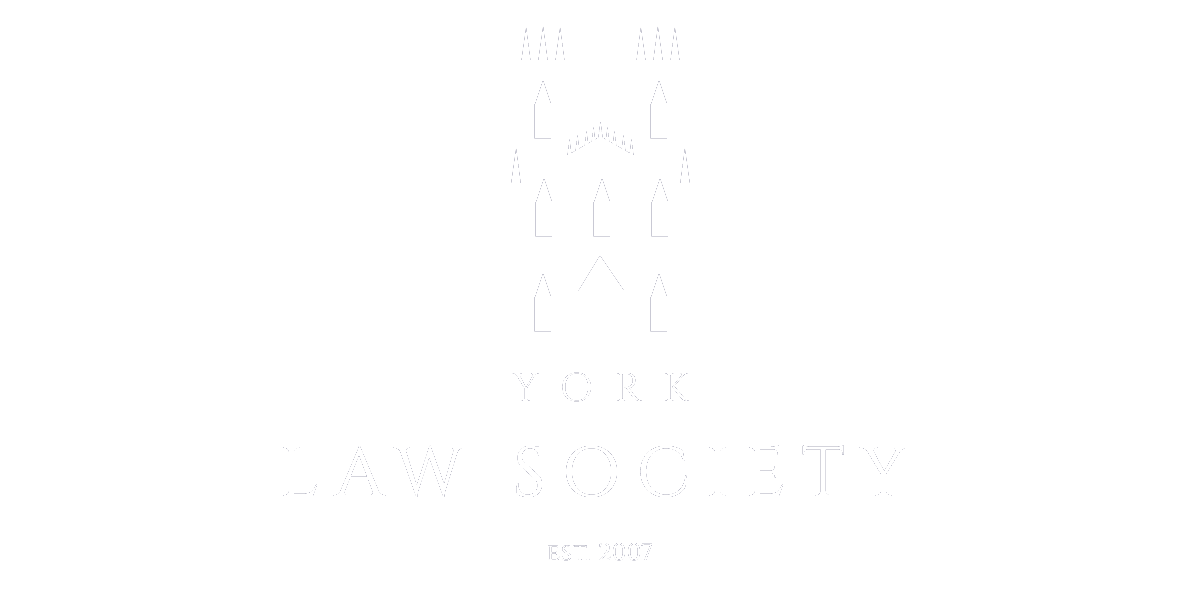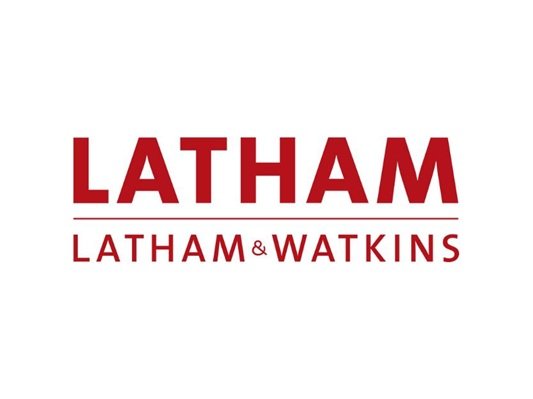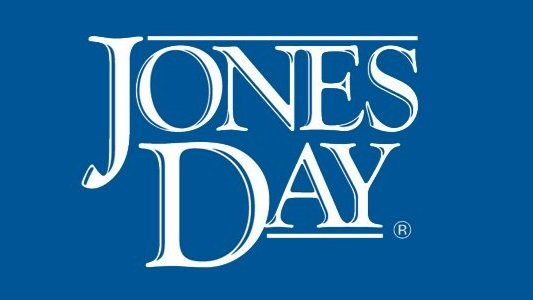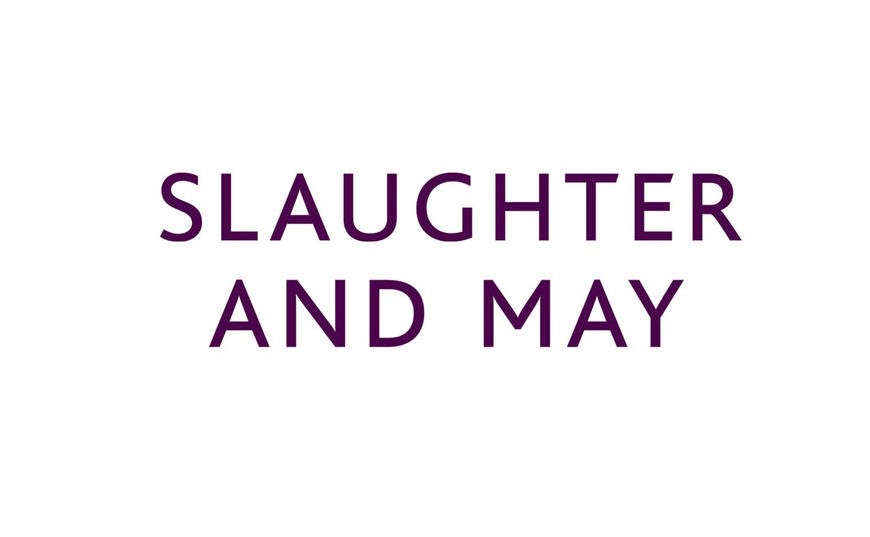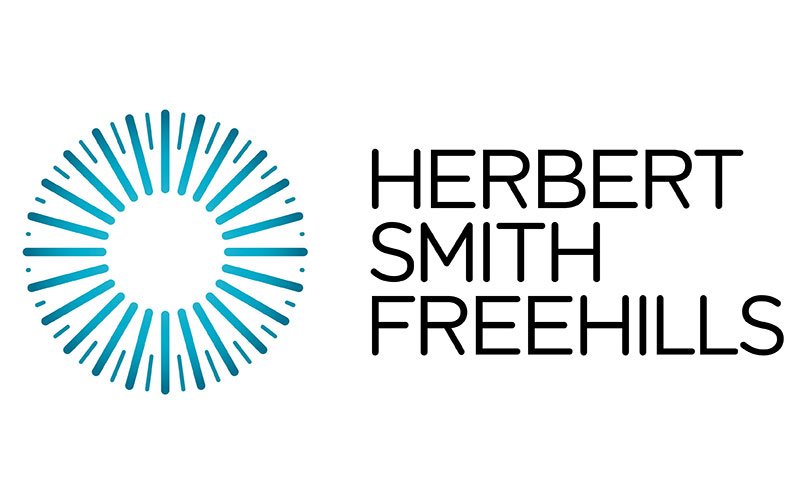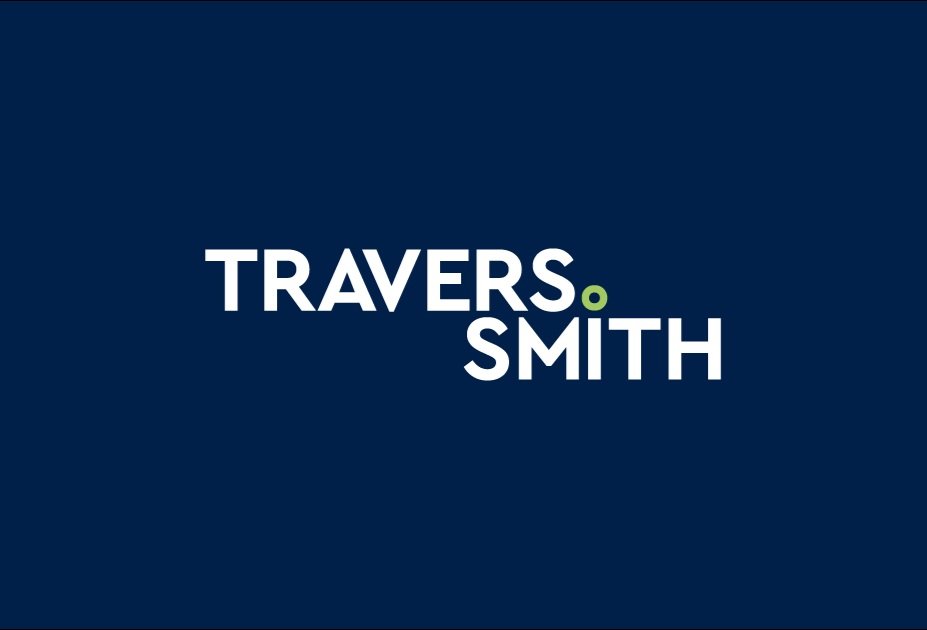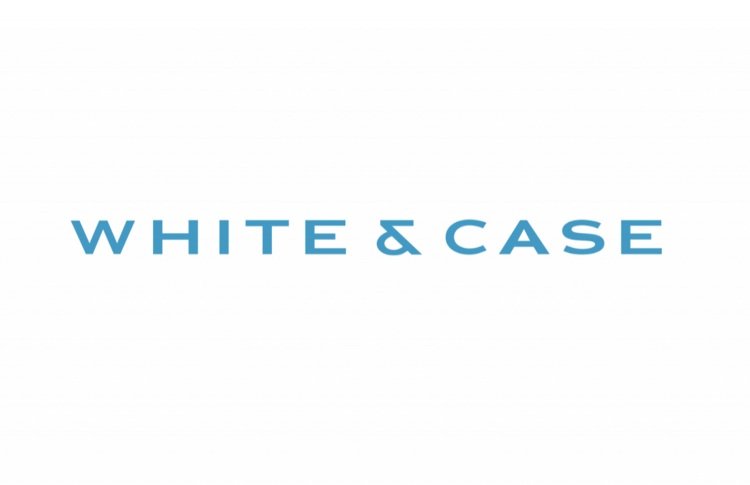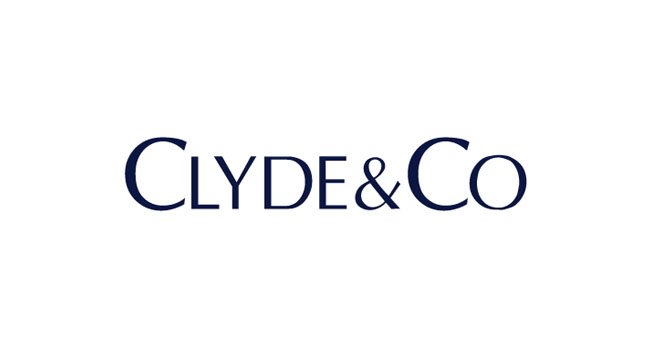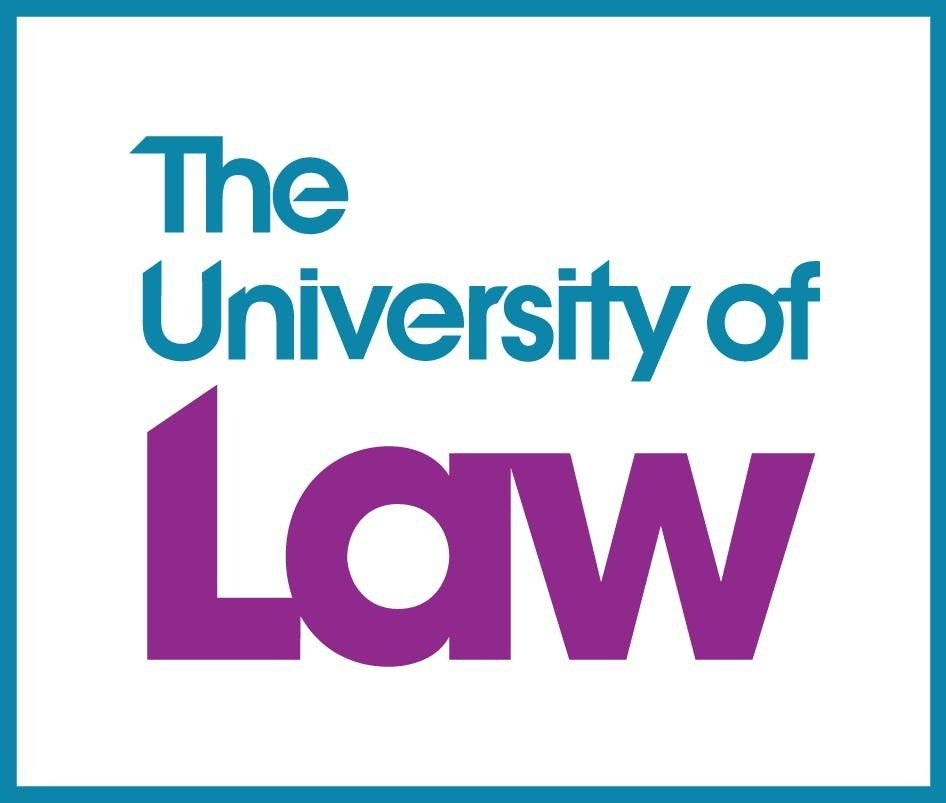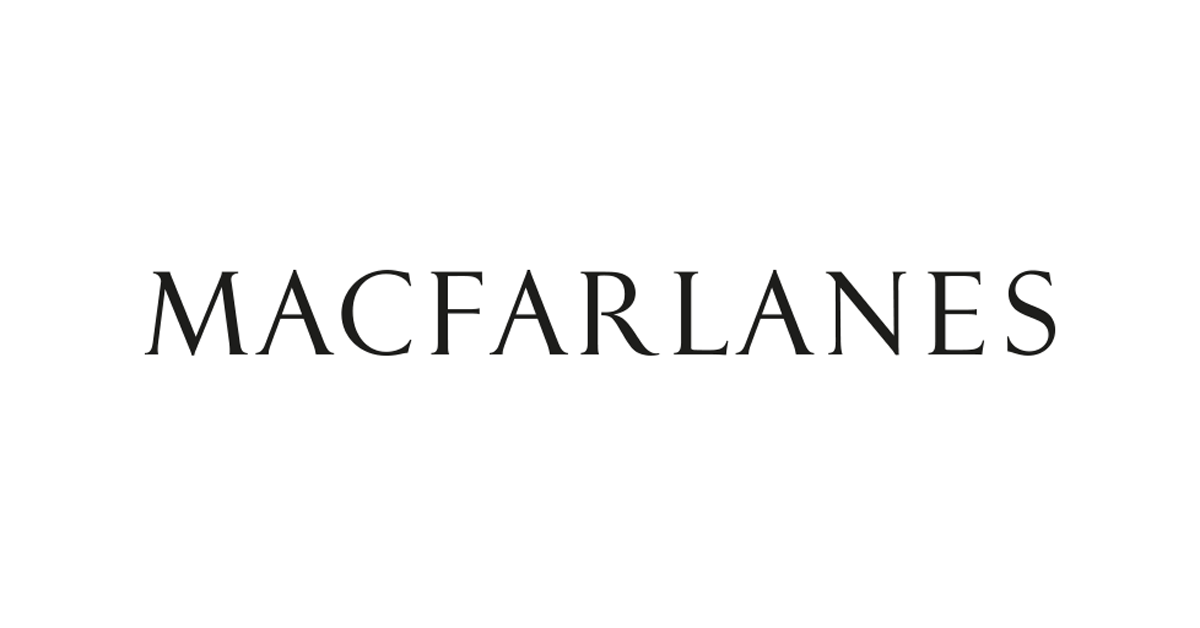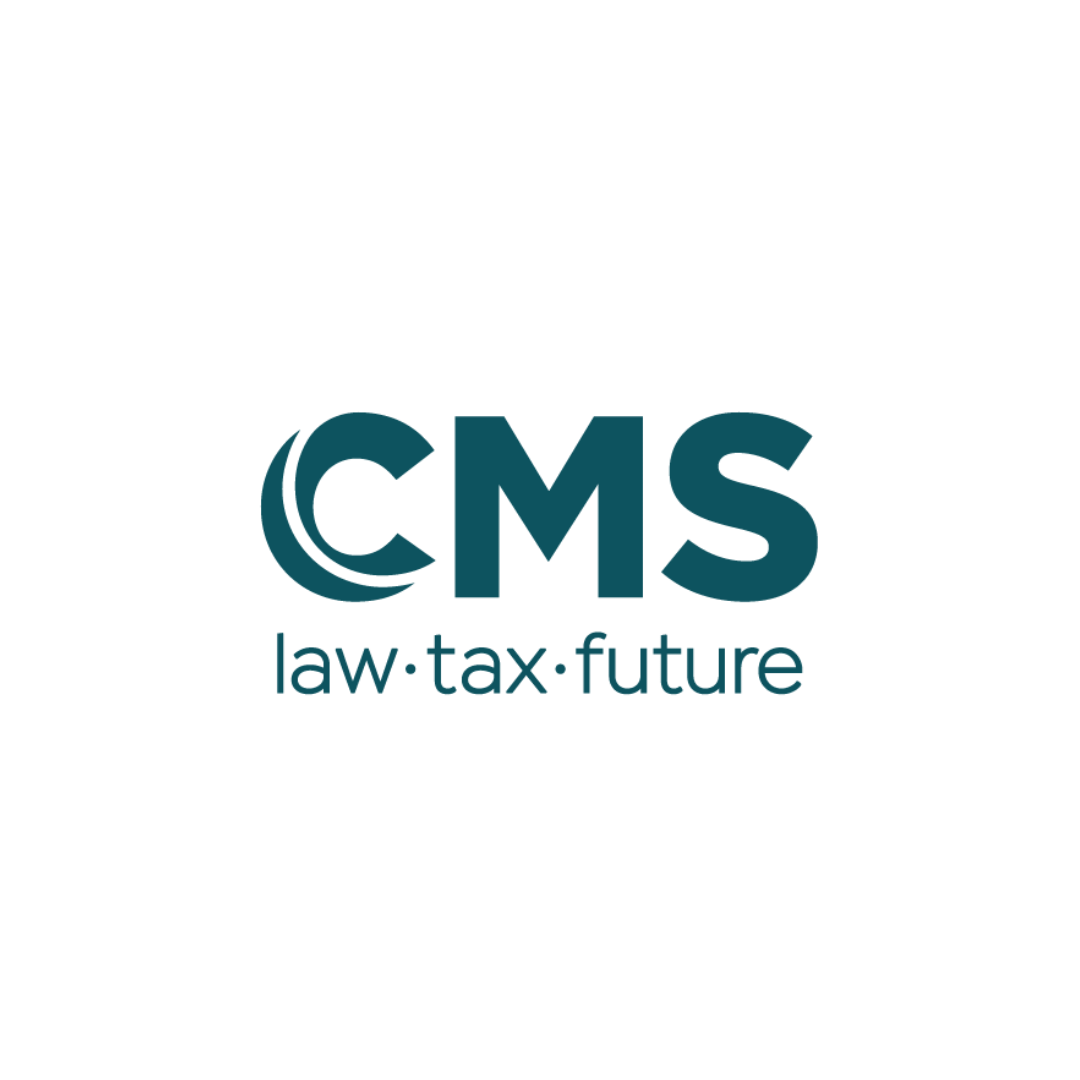In general, within the UK, inheritance tax is paid on the estate, meaning the property, money, and possessions, of a person who has passed away.[1] At the time of writing this article[2], inheritance tax rate in the UK stands at 40% and is charged on the part of the estate which is over the threshold of £325,000.[3] The Crown Estate in their “2021/2022 Annual Report”[4] stated that the Royal Family holds £15.6 billion in total property value.[5] Would this mean that after the passing of Queen Elizabeth II, members of the Royal Family would be liable for tax bills of approximately £ 6.2 billion in total? Unfortunately, this is not the case.
The rules of taxation of the Sovereign are intertwined with the constitutional creature of the Royal Prerogative. The Royal Prerogative has a customary nature rooted in the 1689 Bill of Rights.[6] Its scope is influenced by both statutes and the common law.[7] However, there still is no set definition of what it is. A.V. Dicey defines it as “the residue of discretionary arbitrary authority, which at any given time is legally left in the hands of the Crown.”[8] William Blackstone succinctly defines it as “[powers that] the King enjoys alone, in contradiction to others, and not to those he enjoys in common with any of his subjects.”[9] The Ministry of Justice describes Royal Prerogative as powers which are not derived from a written constitution,[10] like in other jurisdictions,[11] nor created by Parliament,[12] but rather “derived from arrangements which preceded the 1689 Declaration of Rights and have been accumulated by the government without Parliament or the people having a say”,[13] because sovereignty was concentrated in the Crown at that time.[14]
The Royal Prerogative is set in the maxim that the Crown is not bound by any Acts of Parliament,[15] making taxation of the Crown a matter of this ancient, and in many regards archaic instrument of the UK constitution, because it provides the Crown with immunity extending to all Acts of Parliament “unless expressly named or bound by necessary implications.”[16] The Crown has been historically excluded from the scope of the Tax Acts.[17] Privileges of the Royal Prerogative, including the Crown Immunity, apply to the Sovereign in both his body politic as Head of State and in natural capacity as a private individual.[18] For this reason, the Sovereign is not legally bound to pay taxes, including inheritance tax.
However, in the 1990s the Crown came under scrutiny for their privileged position on taxation, including the inheritance tax on the property passing from one sovereign to his or her successor. Queen Elizabeth II has entered into an agreement in 1993, under which she has consented to voluntarily pay income tax.[19] It is important to highlight that the sovereign’s taxation is sui generis[20] with the taxation laws being used as instruments of identifying and qualifying the sovereigns contributions to the Exchequer.[21] In regards to the inheritance tax, an agreement was reached that, because some assets were held by Queen Elizabeth II not as a private individual, but a sovereign, not sold to provide capital for the sovereign and are to pass from the sovereign to his or her successor,[22] it would be inappropriate to require the Sovereign’s successor to bear the cost of inheriting those assets.[23] In regards to the private assets, the inheritance tax exemption still stands for gifts or bequests from one Sovereign to the next, but will be payable for the same assets by everyone else, including other members of the Royal Family.[24] The reasoning behind the exception mentioned in the Memorandum[25] is that some private assets, for example Sandringham and Balmoral, combine both official and private uses.[26] It was also argued that there is a need for a sufficient amount of private resources to make the performance of the Monarchies traditional role in the UK’s society possible and to secure its independence from the Government.[27]
This echoes the traditional public law approach where the Crown has been acknowledged as bearing the responsibility of the governance of the Realm.[28] For this reason, traditional constitutional theory provides that the public revenue,[29] is most commonly understood as funds raised through the means of taxation,[30] to be vested in the Crown.[31] Those funds are perceived as necessary for the Crown to carry out its governing functions by covering the expenditures incurred.[32] This goes hand-in-hand with the historical position of the Crown as the institution bearing the government of the Realm.[33] However, in practice nowadays public revenue is controlled by Parliament,[34] which also holds control on how it is distributed.
The taxation position from one sovereign to another can be scrutinised from different angles. For the private assets held by the Sovereign the caveat of both ‘public and private use’[35] seems to act to avoid taxation on some of the most valuable private assets, such as estate houses. On the other hand, provision of tax payments is to be made on private property, such as “gifts or bequests from to anyone else,”[36] apart from the next Sovereign,[37] seems to bring some fairness into the equation. However, one must not be fooled and clearly understand that this position is secured in the Memorandum of Understanding on Royal Taxation,[38] which is a convention of the constitution created through the Royal Prerogative and does not have the same binding power as an Act of Parliament. Although the Memorandum[39] has become a ‘precedent’ creating a convention, for it to become binding there must be a long line of precedents of the same nature.[40] The fact that King Charles, in his capacity as the Prince of Wales at the time, has agreed to the arrangement[41] and following it upon his succession does not mean that later successors will not take advantage of the Royal Prerogative and release themselves from the provisions of the Memorandum.[42]
[1] ‘How Inheritance Tax works: thresholds, rules and allowances’ (GOV.UK) <https://www.gov.uk/inheritance-tax > accessed 23 November 2022
[2] This article was finalised in January 2022
[3] ibid.
[4] ‘Integrated Annual Report and Accounts 2021/2022’ (The Crown Estate, 15 June 2022) <https://www.thecrownestate.co.uk/media/4123/the-crown-estate_annual-report_2021-22.pdf> accessed 23 November 2022
[5] ibid.
[6] Lorenzo Cladi, ‘Damned If You Do and Damned If You Don’t: The Use of Prime Ministerial Discretion and the Royal Prerogative’’(2022) 75 Parliamentary Affairs 174, 176
[7] ibid.
[8] Albert Venn Dicey, Introduction to the Study of the Law of the Constitution (Machmillan, 1959) 24
[9] William Blackstone, Commentaries on the Laws of England (first published 1765, University of Chicago Press 1979) 111
[10] Ministry of Justice, The Governance of Britain (Cm 7170, 2007) para 20.
[11] ibid.
[12] ibid.
[13] ibid.
[14] R (Miller) v Secretary of State for Exiting the European Union [2017] UKSC 5, [41]
[15] Donald Pearce-Crump, ‘Royal taxation’(1994) 635 British Tax Review 6, 635
[16] Magdalen College, Cambridge (Master and Fellows) Case (1615) 11 Co Rep 66b, 68b.
[17] Madras Electric Supply Corporation Ltd v Boarland [1955] AC 667.
[18] Donald Pearce-Crump, ‘Royal taxation’(1994) 635 British Tax Review 6, 636; The Duchy of Lancaster case (1561) 1 Plowd. 212 is cited therein as authority for this proposition.
[19] Memorandum of Understanding on Royal Taxation 1993 revised taking into account the Sovereign Grant Act 2011
[20] “unique”
[21] Donald Pearce-Crump, ‘Royal taxation’(1994) 635 British Tax Review 6, 636
[22] Memorandum of Understanding on Royal Taxation 2013, [1.9]
[23] ibid.
[24] Memorandum of Understanding on Royal Taxation 2013, [1.10]
[25] ibid.
[26] ibid.
[27] ibid.
[28] Donald Pearce-Crump, ‘Royal taxation’(1994) 635 British Tax Review 6, 635
[29] Halsbury’s Laws (5th edn, 2014) vol 20, para 468
[30] Donald Pearce-Crump, ‘Royal taxation’(1994) 635 British Tax Review 6, 635
[31] Halsbury’s Laws (5th edn, 2014) vol 20, para 468
[32] Donald Pearce-Crump, ‘Royal taxation’(1994) 635 British Tax Review 6, 635
[33] ibid.
[34] Steele Ford & Newton v Crown Prosecution Service (No 2) [1994] 1 A.C. 22, [33]
[35] Memorandum of Understanding on Royal Taxation 2013, [1.10]
[36] ibid.
[37] ibid.
[38] ibid.
[39] ibid.
[40] Donald Pearce-Crump, ‘Royal taxation’(1994) 635 British Tax Review 6, 645
[41] Memorandum of Understanding on Royal Taxation 2013, [1.11]
[42] Donald Pearce-Crump, ‘Royal taxation’(1994) 635 British Tax Review 6, 636
